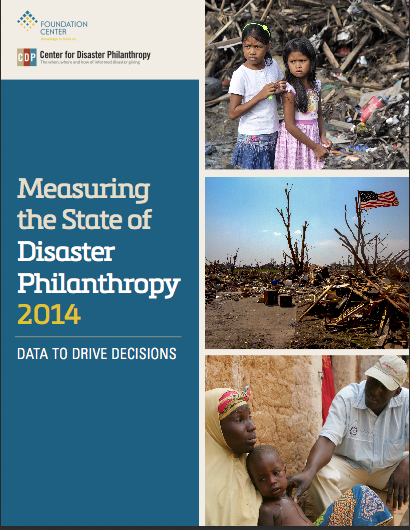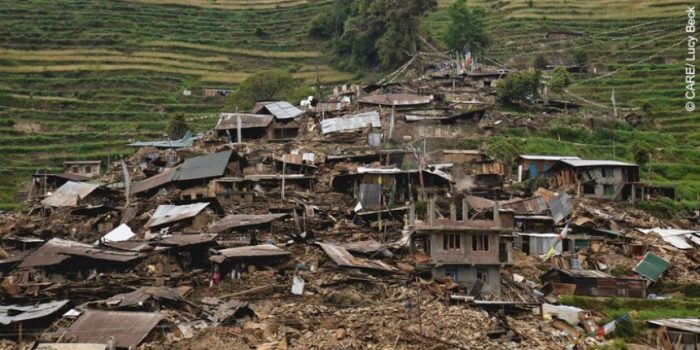Data to Drive Decisions: New Report Provides Guidance to Philanthropic Disaster Giving
Information is power, and in the world of disaster philanthropy, where so little is known about trends in giving, a new report from the Center for Disaster Philanthropy and Foundation Center looks to change that for good. The report, Measuring the State of Disaster Philanthropy 2014: Data to Drive Decisions, was released this month, and […]

Information is power, and in the world of disaster philanthropy, where so little is known about trends in giving, a new report from the Center for Disaster Philanthropy and Foundation Center looks to change that for good.
The report, Measuring the State of Disaster Philanthropy 2014: Data to Drive Decisions, was released this month, and details the giving of 1,000 of the largest foundations in the United States. In a December 16 webinar, Foundation Center and CDP discussed the report’s findings and talked about the future work of the organization’s in continuing research in this area.
The research examined grants of $10,000 or higher in 2012. Among grants given toward disasters, the majority – 58 percent – was given to natural disasters. Eleven percent of foundation giving went to complex humanitarian emergencies and nearly half of all disaster funding ($51.5 million) was directed to response and relief efforts. The smallest percentage of giving went to disaster preparedness.
Robert G. Ottenhoff, president and CEO of CDP, said that the report was designed to look at how philanthropy has responded in the past to disasters, how it should respond.
“Much of the funding goes to relief,” Ottenhoff said. “But the range of options with which foundations could respond is much broader than relief.”
This baseline report will be updated as new information is available. An online component will be added in order for foundations to explore the wider spectrum of disaster response and be better prepared to effectively respond following an event.
“There is a need for good data and to contextualize that information and link resources together so its not a scramble when time is of the essence,” said Larry McGill, vice-president of research, Foundation Center.
Read the full report here.
More like this

What We Can Learn from Five Years of Mapping Disaster-Related Giving
